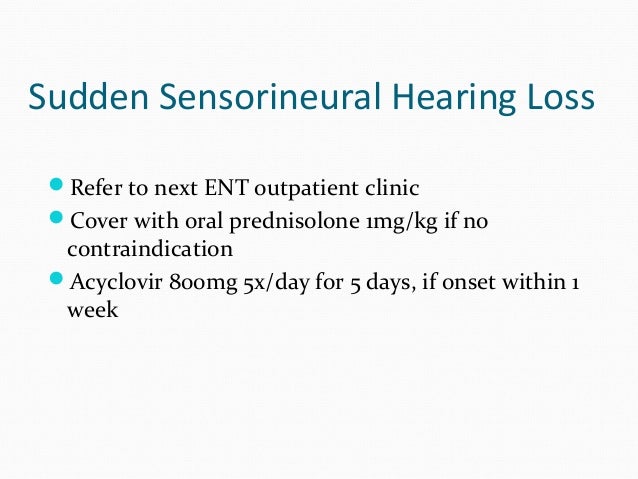

The archetypal depiction of OCD characterizes obsessions as the anxiety-provoking symptom and compulsions as the regulation of these obsessive symptoms. Having one or more OCD symptoms is associated with functional impairment and an increased risk for other behavior problems 8, 9.

Among pediatric populations, 13–15% report at least one or more OCD symptoms 8, 9. However, many more individuals experience subclinical obsessive-compulsive symptoms in the absence of a formal diagnosis. Lifetime prevalence for juvenile-onset (usually 9–12 years) is relatively low (1–2.5%) 7. Obsessive-Compulsive Disorder (OCD) is an anxiety disorder characterized by persistent and ritualistic behaviors that are performed in response to intrusive thoughts, images, or ideas. Conversely, children identified as at-risk for SOR have more behavior problems than children not at-risk 3, 6.

Nevertheless, children with behavior problems, particularly anxiety disorders 4 and autism spectrum disorder 5, frequently report elevated levels of sensory over-responsivity. Although not currently recognized as such, some evidence suggests that SOR symptoms comprise a distinct disorder with prevalence rates ranging from 5–20% 2, 3. SOR typically manifests as exaggerated or prolonged negative behavioral responses to ordinary sensory stimuli 1. Sensory Processing Disorder (SPD) is characterized by an inability to integrate sensory information and respond appropriately.


 0 kommentar(er)
0 kommentar(er)
